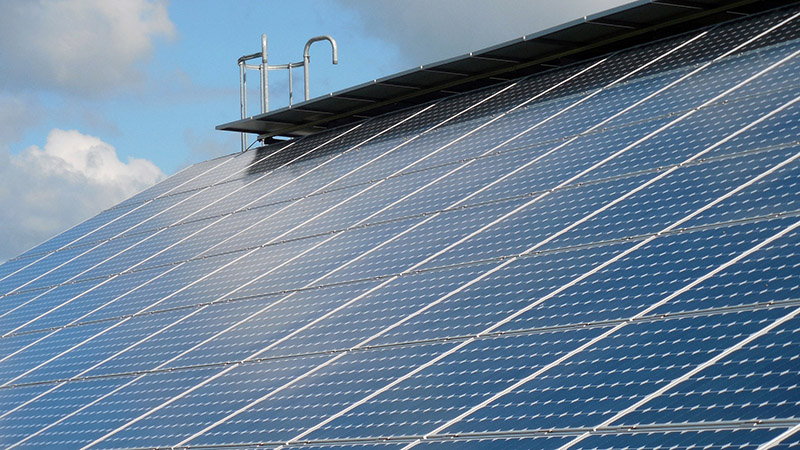Solar power is still more expensive than coal in India, but the recent trend is downwards, where the latest data suggest that solar could catch up with coal by around 2020.
Regarding coal, one source for projected cost of new coal-fired power generation comes from the International Energy Agency.
In its latest World Energy Outlook (WEO), the IEA estimated a cost range for coal-fired power of $0.05-0.06/ kWh, in 2020, reflecting a price range for imported coal of $60-85 per tonne (see the chart below from the IEA’s WEO 2015).
As you can see below, the IEA sees LNG gas-fired power generation ranging from $0.06 t0 $0.1 per kWh, in 2020.
Regarding solar PV, bid prices have been falling quite sharply, in recent reverse auctions run by India’s state-owned utility, NTPC, for attractive, low-risk, plug and play solar parks, where land and transmission facilities are provided.
NTPC achieved a record low tariff in January 2016 of Rupees 4.34/ kWh ($0.07). That represented a steady reduction from above 5 Rupees in the second half of last year.
Supporting continued solar cost reductions, India has an ambitious target to increase installed solar capacity by around 20-fold by 2022, to 100 gigawatts, from just under 6 GW as of the beginning of March.
And the country faces environmental pressures and energy security pressures which both add to motives to diversify away from the current reliance on coal.
Report: Solar is now cheaper than coal, says India energy minister
But we have to watch this space; these recent cost reductions were achieved in solar parks with a reliable state-owned off-taker.
Now we have to wait and see whether these projects are actually delivered on time, at such low prices, and what the price trend is going forwards.
Further expansion of renewables faces some of the same infrastructural difficulties as coal, including land clearances required to boost transmission through “green energy corridors”.
And India has a higher cost local manufacturing of solar and wind power equipment, compared with China, for example.
Gerard Wynn is an energy writer and consultant. This article first appeared on his blog. Follow him @gerardfwynn

